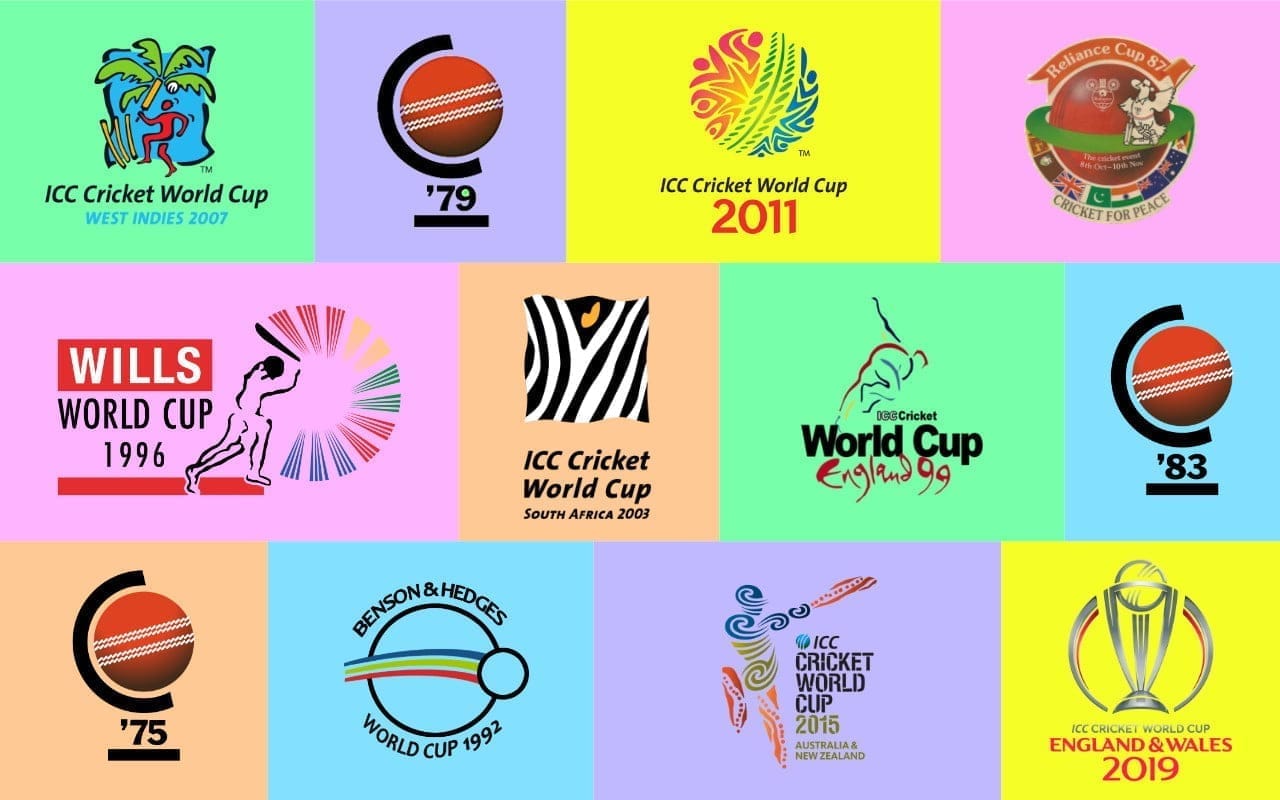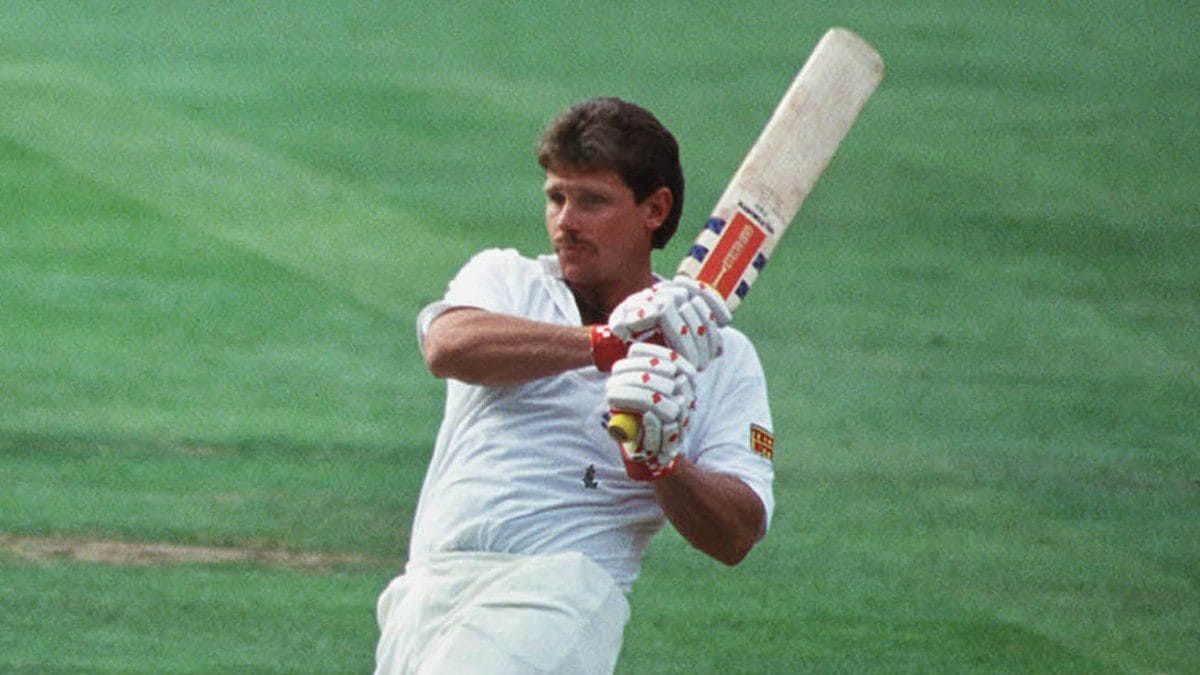The dream of the organisers of the eighth men’s World Cup was that it would be a pan-African affair, hosted by three countries – principally South Africa, but also Zimbabwe and Kenya, who were to host six and two games respectively – and that one of them, South Africa, of course, would commemorate the event with a triumphant victory.
As so often with these things, the end result was very different. The involvement of Zimbabwe and Kenya as hosts meant that the tournament became embroiled in a series of security and ethical controversies, with matches being forfeited in a way which skewed the points system. Far from winning, South Africa exited at the first possible opportunity, in circumstances almost as tragi-comic as their defeat to Australia in the 1999 semi-final. The only host that could look back on the tournament with any satisfaction was Kenya, who managed, astonishingly, to get to the semi-final, where they were obliterated by man of the tournament Sachin Tendulkar.
The issues relating to Kenya and Zimbabwe were different. With Kenya it was purely a question of security; there had been recent reports of terrorist activity. With Zimbabwe it was more complex; there was certainly a question mark about security but the more pressing concern, at least in some circles, was the brutal and authoritarian regime of President Robert Mugabe. One of the abiding memories of the tournament is the sight of home players Andy Flower and Henry Olonga taking the field in their first game against Namibia in Harare wearing black armbands, in mourning for the death of democracy. Their international careers were effectively over.
The New Zealand board decided that their players were not going to go to Nairobi to play Kenya in their Pool B game, as they were scheduled to do. England were due to play a Pool A game against Zimbabwe in Harare. This became a much more complicated issue with the players getting involved and captain Nasser Hussain making his displeasure with the approach of the ICC’s Malcolm Speed pretty clear. In the end the ECB accepted that they could hardly send the players against their will.
The end result was that both these games were forfeited with the points for a win going to the respective hosts. This had no impact on New Zealand, who did well enough in the other pool games to qualify for the Super Six stage anyway, although the points awarded to Kenya arguably facilitated the exodus of the West Indies. For England though, it was different. If they had played in Harare and not lost, they would almost certainly have qualified. As it was, they were out at the first stage for the third World cup in a row.
This was the biggest World Cup of all, involving 14 teams, with a total of 54 games spread over 43 days. The basic system was a familiar one with Pool members playing each other once to qualify for the Super Six stage. (The rule enabling points to be carried forward gave an arguably unfair advantage to Kenya and Zimbabwe.)
On the whole, and ignoring Kenya, the “minnows” had a rough time of it but there was one glorious exception. When Canada played West Indies at Centurion, opener John Davison, who had played some first-class cricket for Western Australia, made a century off 67 balls. Canada still lost but, well; in their previous game they had been bowled out for 36 by Sri Lanka.
In Pool B, New Zealand qualified comfortably and Kenya surprised everyone by beating Sri Lanka and Bangladesh. Two crucial games involving Sri Lanka decided who would join them in the Super Six. In the first, in Cape Town, Sri Lanka beat the West Indies by six runs; Charminda Vass, the tournament’s highest wicket-taker, took four for 22. Then, at Durban, against South Africa, Sri Lanka posted 268 for nine (Marvan Atapattu 124, Aravinda da Siva 73). South Africa’s chase was rain interrupted and the target adjusted pursuant to the Duckworth Lewis formula. Mark Boucher and Lance Klusener were batting when they received what would now be termed data, that the adjusted target was 229. As the rain grew heavier Boucher hit the penultimate ball of the 45th over for six, blocked the next one, and then walked off with everyone else. But, oh dear, captain Shaun Pollock and the South African brains trust had miscalculated; 229 was the target for a tie. Sri Lanka went to number one in the pool and the hosts were out.
Pool A was all about Australia. In fact, in a very real sense the cricketing part of this World Cup was all about the holders, Australia. They could hardly have got off to a worse start. Before the competition had started one of their star players, Shane Warne, had been ruled out for failing a drugs test. Later, they lost Jason Gillespie to injury. It didn’t seem to matter. They played eleven matches in the tournament and won all of them.
The only time they looked in any danger in the pool stage was in the game against England in Port Elizabeth. England made 204 (Alec Stewart 46, Andrew Flintoff 45). At one point Australia were 48 for four (all four to Andrew Caddick) and then 135 for eight. But somehow Michael Bevan (74 not out), the supreme limited overs finisher, and Andy Bichel (34 not out) saw Australia through. England’s attack, which included the young James Anderson, could not find a way through.
Pakistan were below par (their highlight was Shoaib Akhtar reaching 100 mph on the speedometer while bowling to England’s Nick Knight). Andrew Symonds, batting at number six for Australia at The Wanderers, belted them for 143 not out. So it was India and Zimbabwe who joined Australia for the Super Six stage.
Kenya were carrying enough points forward to be able to qualify for the semi-finals by beating Zimbabwe. The most interesting game was that between Australia and New Zealand in Port Elizabeth. Paceman Shane Bond (six for 23) reduced Australia to 84 for seven. Then – guess who – Bevan (56) and Bichel (64) added 97 and the total reached 208 for nine. Brett Lee (five for 42) and Glenn McGrath (three for 29) dismantled New Zealand for 112. India and Sri Lanka did enough to get through.
The semi-finals
A fine all-round performance by Australia saw off Sri Lanka by 48 runs in a rain affected match at Port Elizabeth. Symonds, dropped early on by Kumar Sangakkara, was Australia’s top scorer, making 91 not out in an unusually patient display. No Sri Lankan batsman got going or made more than Sangakkara’s 39. Lee took three wickets and Bichel brilliantly ran out Aravinda da Silva.
Kenya had led a relatively charmed existence so far but now they came up against an Indian side determined to make it to the final. India made 270 for four, Tendulkar making 83 and captain Sourav Ganguly making his third hundred of the tournament. Kenya struggled bravely but could manage no more than 179 (captain Steve Tikolo 56). Zaheer Khan took three for 14.
The final
While not exactly a one-man show, the final, at The Wanderers, displayed Australia’s captain, Ricky Ponting, at his technically proficient and ruthlessly aggressive best.
Ganguly actually won the toss, but Zaheer’s first over lasted ten balls and cost 15. Things did not get much better after that. Adam Gilchrist and Matthew Hayden put on 105 for the first wicket. Damien Martyn joined Ponting with the score on 125. Together they added 234 for the third wicket.
Ponting started carefully, almost sedately. His first 50 took 74 balls; off his next 47 balls he made 90. Australia scored 109 runs off the last ten overs of the innings. Ponting finished on 140, Martyn 88; 359 for two.
It wasn’t exactly all over… was it? Well, Tendulkar, opening with Virender Sehwag, was caught and bowled by McGrath in the first over of India’s reply. Now it really was all over. Sehwag made 82 and Rahul Dravid 47. Australia won by 125 runs.




